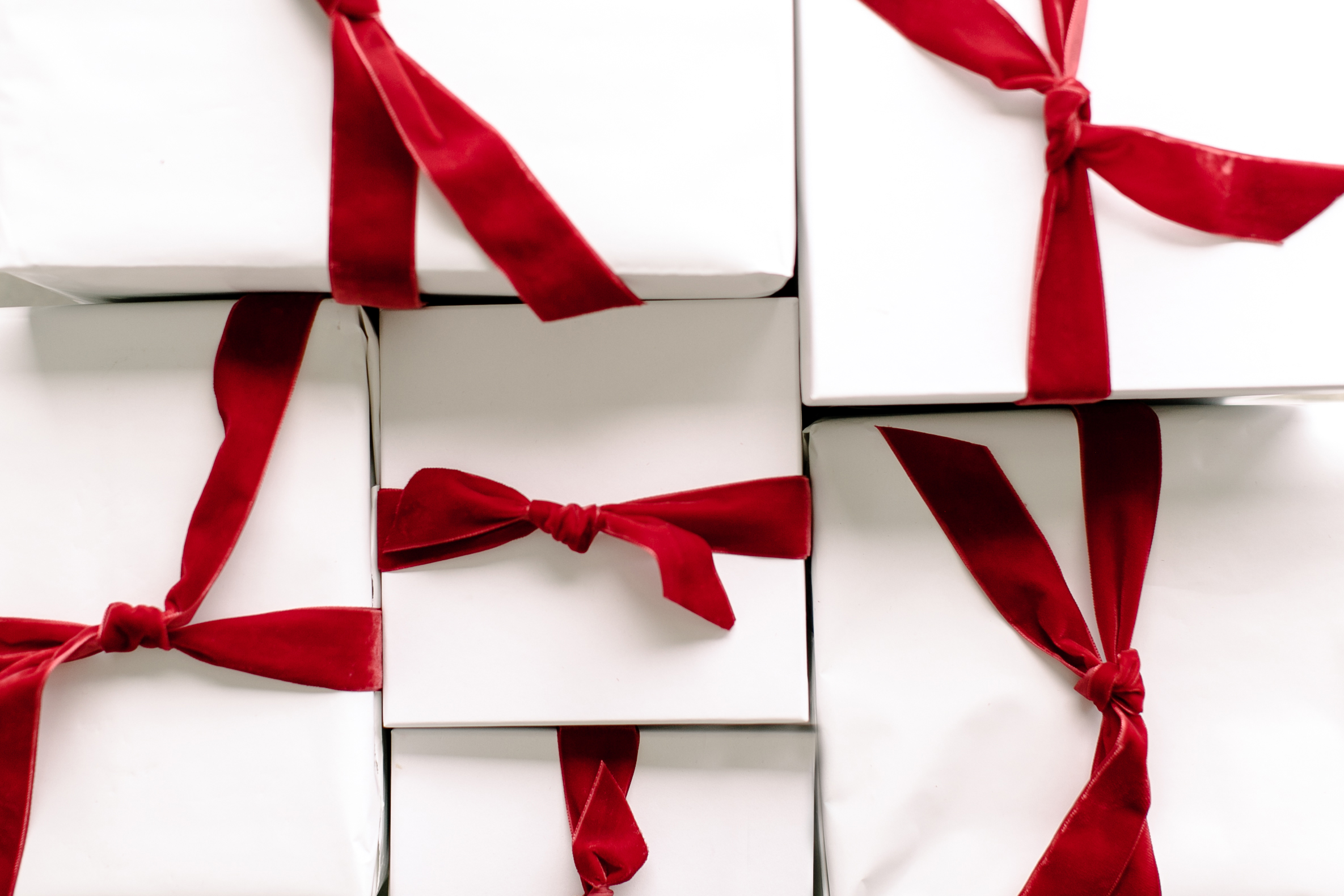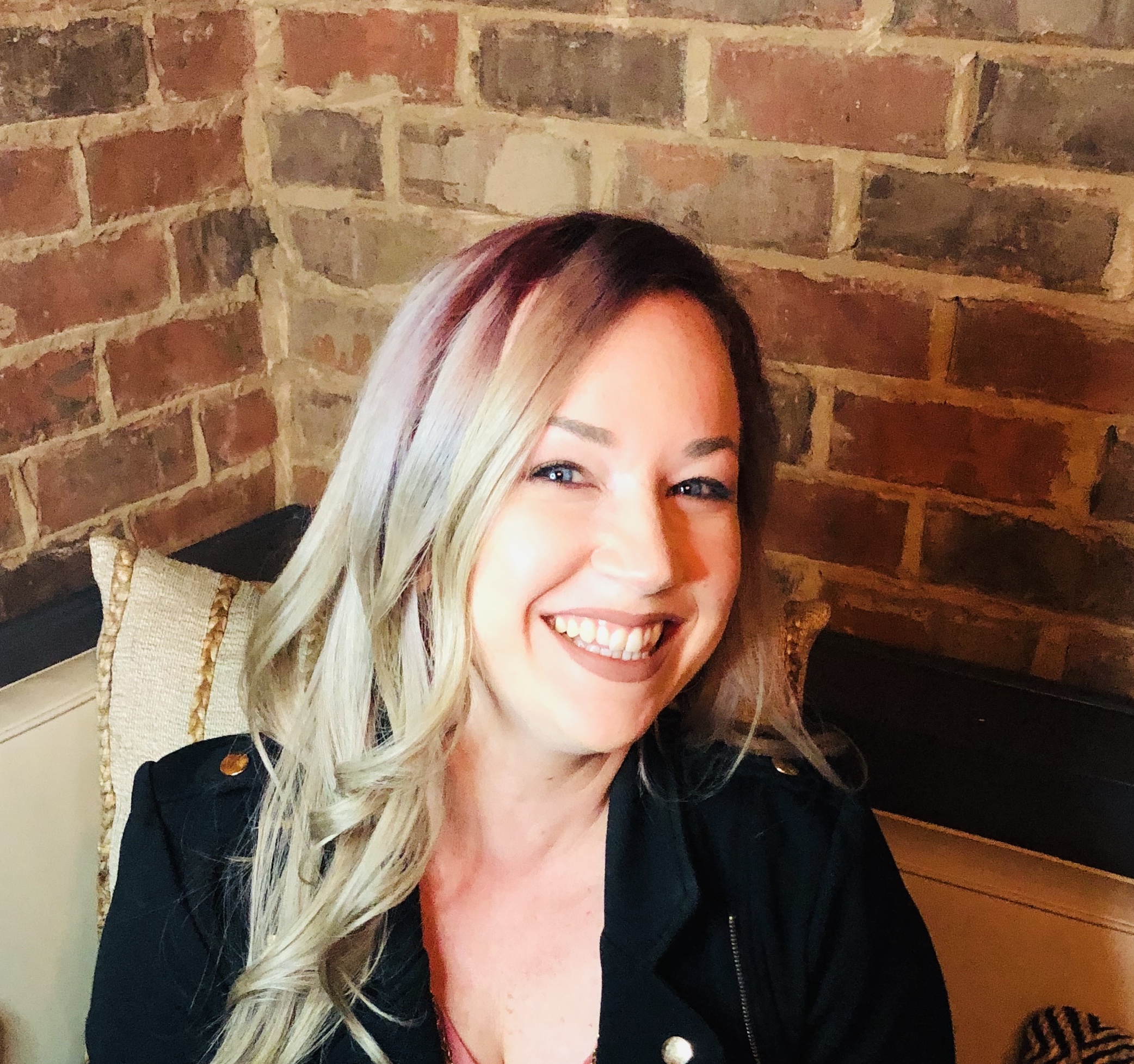Bigger, better, more and now.
This is the society we live in today. Christmas Trees up before Halloween, shopping, parties, spending, eating, drinking, rushing, worrying – all in the name of holidays.
The word holiday comes from the word haligdaeg (holy day) and refers to a day of rest & relaxation, without work. And we work so hard for that day without work.
And then, in the blink of an eye, it’s here. Christmas morning, the kids rush down the stairs, begging to open gifts. We desperately pour another cup of coffee, and act surprised by what Santa left under the tree. We watch as they tear open gift after gift. Through tired eyes, we smile from the inside out seeing the joy on their faces. And then, in an instant, it’s over. We’re left with an empty tree, a floor covered in paper, and decorations demanding to be taken down. And despite all the smiles, we can’t help but feel a little deflated.

But what if there was more? What if the end was only the beginning? What if we’ve been doing it wrong this whole time?
Now before you start saying, “More??! No. I’m done. I can’t take any more, Alicia!” Just hear me out. I’d like to propose we start a new tradition in 2020. Bigger, better, longer. I call it Big Rest.
And here’s how it works:
1. Question everything:
You know that obnoxious Christmas song about the 12 Days of Christmas that makes no sense? Did you know that the 12 days don’t end on Christmas? The 12 days begin on Christmas day and last through January 6th (3 Kings Day). So what does that mean?
- Christmas isn’t the end of anything, it’s the beginning.
- New Year’s Day isn’t the beginning, it’s right in the middle of a 12 day celebration.
- That weird lull between Christmas and New Year’s now has a purpose.
- We have permission to rest & celebrate longer.
“But I don’t celebrate Christmas, Alicia.”
That’s OK. Christmas came from the Yule Festival, a Nordic tradition celebrated in Scandinavia and other parts of northern Europe. It begins on Winter Solstice (roughly December 21 or 22) and lasts for…. 12 days! Later, Christians adapted these traditions to the celebration of Christ’s birth.
The point is, this isn’t about traditions or religion. It’s about digging a little deeper into why we do the things we do. And just because we’ve always done things a certain way, doesn’t mean we can’t change. After all, don’t we love bigger, better, faster and more?
2. Lean In:
Now that our holiday boundaries have expanded, let’s take a deep breath, and lean into the season longer. We, in the Northern Hemisphere, are in the middle of the winter season. It neither begins or ends with the holiday.
“The winter solstice time is no longer celebrated as it once was, with the understanding that this is a period of descent and rest – like nature and the animal kingdom around us, this time of hibernation is so necessary for our tired limbs, our burdened minds… people are left feeling that winter is hard, because for those of us without burning fires and big festive families, it can be lonely and isolating…. But winter is kind. She points us in her quiet, soft way towards our inner self, towards this annual time of peace and reflection, embracing the darkness and forgiving, accepting and embracing the past year… and then, just around the corner the new year will begin again, and like a seed planted deep in the earth, we will all rise with renewed energy once again. ”
-Bridget Anna McNeil
3. Rest:
In the month of December, we rush and eat and spend and consume, and suddenly, it’s all over in a day. Then we hit the ground running on January 1st and resume our busy lives. Pay off the credit card, lose weight, make more money, hit the quota.
What if instead of ending and beginning the year in a rush, we ended and began with rest? What if we embraced winter, from December through February, as a time of peace and renewal? What if instead of reacting to the previous year, we took time to prepare for the next one? To recharge, to listen, to read, to explore, to plan.
Everything in nature is cyclical – phases of the moon, the seasons, even our own bodies. So why, then, do we constantly push and rush and drive without ceasing? The moon isn’t full all the time. The earth isn’t spring year-round (unless you live in San Diego). The sun doesn’t shine 24 hours a day. No, the sun sets, and we rest. In fact, we should spend 30% of our day in rest (approximately 8 hours). And yet, we view it as a burden to productivity instead of the fuel that enables us to create.
When we sleep, our bodies perform very vital functions to recharge, replenish, and heal itself. And all of this without our conscious mind to plan, execute, manage and analyze – when we rest, our bodies recharge with no effort from us.
So, if you’re left feeling drained at the end of the year, like an overdrawn bank account, I challenge you to prioritize Big Rest in 2020. Let go of unceasing effort, lean in, and trust the power and process of rest. Bigger, better, more and now.
To help illustrate the power of resting a little longer, I’ll leave you with this old, but relevant, 80’s commercial featuring the kid from ‘A Christmas Story.’
Happy Holidays! May they be full of rest and last a little longer.


